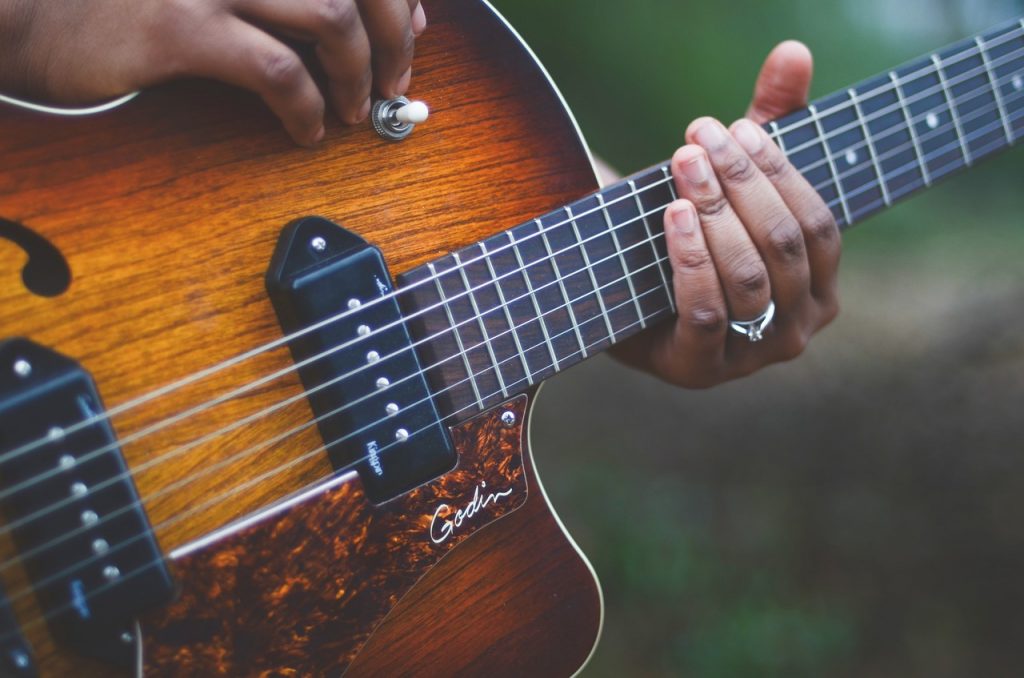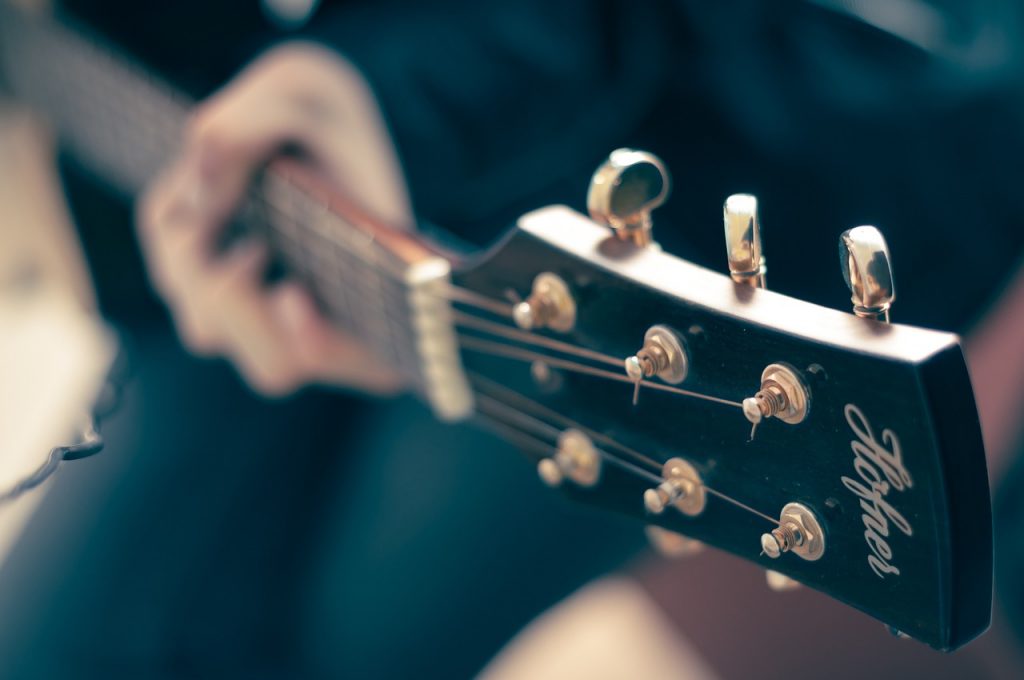Musicians worldwide rely on the acoustic guitar to create their music, and for a good reason. It’s been on innumerable albums and remains a favorite among songwriters. So, the big question is: how to mix acoustic guitar.
The acoustic guitar is notoriously difficult to mix, despite its widespread popularity. The acoustic guitar was my first challenge when combining home recordings. I’d spend hours attempting to get the perfect sound but getting nowhere. My efforts sounded nothing like I imagined, and the more I tried, the worse things became.
When I spoke with other rookie mixers, I discovered that I wasn’t the only one struggling with acoustic guitars. Many years later, I learned how to make the procedure more efficient.
Pro Tips on How to Mix Acoustic Guitar
Maintain Your Levels
Ensure that the loudness of each microphone is equal to the volume of the next one.
It keeps the guitar in the middle and prevents the listener’s ear from being pulled to one side by two microphones.
You also need to ensure that your acoustic guitar is well-balanced with the rest of the elements in a recording. You’ll want to crank it up to make it stand out. Alternatively, if it isn’t necessary for the layout, you can significantly reduce its volume.
Using Equalizer To Get Rid Of The Bad
Those that are new to the techniques of how to mix acoustic guitar struggle with EQ. When this happens, it’s usually because the guitarist is trying to make their instrument sound better by adding more frequency content.
Instead, start by removing any aspects of the acoustic guitar’s sound that might be interfering with your mix. High-pass filtering (HPF) is the most common method for reducing low-frequency noise.
Try adjusting your HPF at between 120 and 150 Hz as a starting point. Then, based on the arrangement’s density, eliminate more items.
The 400-600hz frequency band is another place to use EQ to clean up a muddy, boxy sound. Additionally, the frequency range between 3kHz and 6kHz if the pick noise is excessively forceful.
Using an Equalizer To Bring Out The Best In You
After removing the unwanted frequency content from your instrument, you can start shaping its tone with EQ. Don’t take this too far. Some broad EQ strokes over a wide frequency range will do the trick.
If you want the guitar to be a harmonious instrument, add some sounds in the 500Hz to 800Hz spectrum. If the segment is rhythmic, you can amplify the pick sound between 4kHz and 8kHz.
Mixing Acoustic Guitar With Proper Compression
After sculpting the acoustic guitar’s tone with EQ, I frequently add compression to tame its characteristics.
Ensure that you have a medium attack duration of 20 to 40 milliseconds and that the release is medium. Alternatively, you can use a rapid attack duration and a 20–40ms release duration to reduce the amount of picking and emphasize the chord body.
Only a little gain reduction is required to achieve the desired effect in all circumstances. Start with a gain decrease of 4–6 dB and work your way up.
Play Around With Delay
A stereo delay can add a lot of excitement to your acoustic guitar. To avoid making things too crowded, utilize the effect sparingly.
When utilizing this effect, it’s advisable to roll out a good portion of the high end (over 3kHz) and low end (under 300Hz). It prevents the delay from becoming too noisy or muddy, allowing it to focus on the acoustic guitar’s harmonics.
When the delay is synchronized with a song’s beat and employed in a deep mix, the audience should not be able to detect its presence. However, the absence of the delay will be evident. If you’re going to do anything, do it right the first time.
Keep Reverb in Mind
A gentler part calls for some reverb on the acoustic guitar. There are many ways to add extra depth and a little distance to the guitar’s sound with reverberation.
You can use reverbs with a medium decay time of roughly 1-2 seconds. A pre-delay of about 30ms would move it back in the mix, but it’ll still be fairly close. A pre-delay of 50ms or more would make it very far away.
To get a natural-sounding reverb, rolling off the highs and lows is an excellent idea, much like with delay.
Conclusion
The acoustic guitar is a simple instrument, but you’ve probably noticed that there is a lot to think about while playing it. After a few songs with these strategies, you’ll soon be able to do it without thinking about it.
The most important thing to remember from this article on how to mix acoustic guitar is always to think about the acoustic guitar’s place in the mix. It will influence your EQ, compression, reverb, and delay settings.



